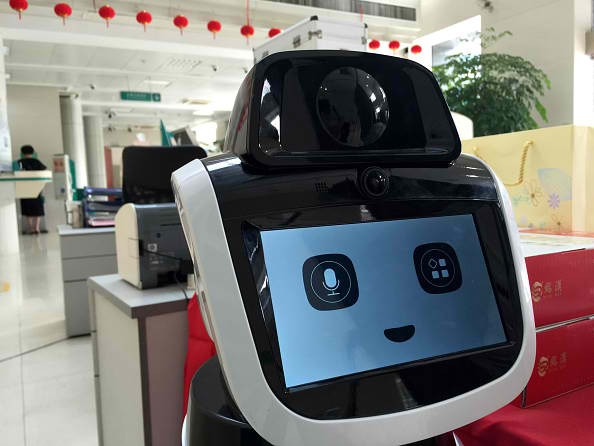With the slowdown in China’s economic growth and the glacial pace of reforms, citizens are wary of the country’s future. Recent surveys indicate the rise in the manufacturing of robots designed for the workplace are causing distress among workers, according to a report by the Asia Times.
Although many experts see that automation is the key to increased productivity in the 21st century, they also note that the introduction of robots might threaten social stability. Many low-skilled workers will most likely be displaced from their jobs.
Since 2000, a significant number of low-skilled workers have been laid off. This has caused an increase in the frequency of worker strikes in the last decade.
Heading toward the future: robots and big data
However, from the perspective of the government, automation is the solution. This is evident during the unveiling of the 13th Five-Year Plan, as automation was indicated as a priority.
Although still in the early stages of this development, China sees robots in the workplace as a means to compete with the productivity of other countries.
If China is successful in this foray into robotics, many observers note that the country will have to create a plan to re-employ millions of displaced workers.
One solution to this impending problem is private entrepreneurship, where jobless rural migrants utilize small-scale and affordable automation systems. To make this a reality, the government must first set up a coherent fiscal stimulus plan.
Inseparable from the concept of automation is the role of big data. According to an MIT Technology Review article, big data can be a positive impact on productivity and quality.
In addition, harnessing the power of data can potentially hold fertile ground in a country that is open to using new technologies, introducing innovations in industries such as agriculture, livestock management, and environmental protection.



























